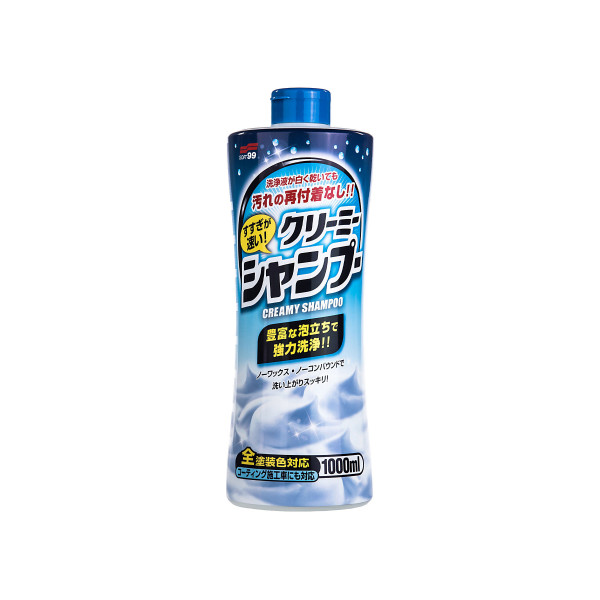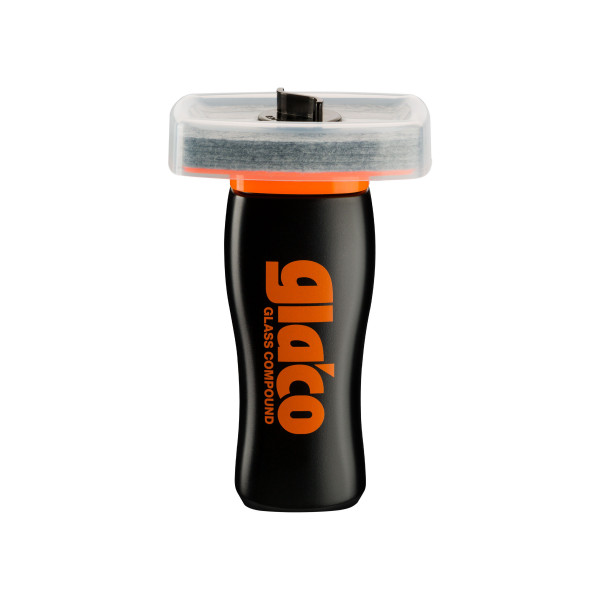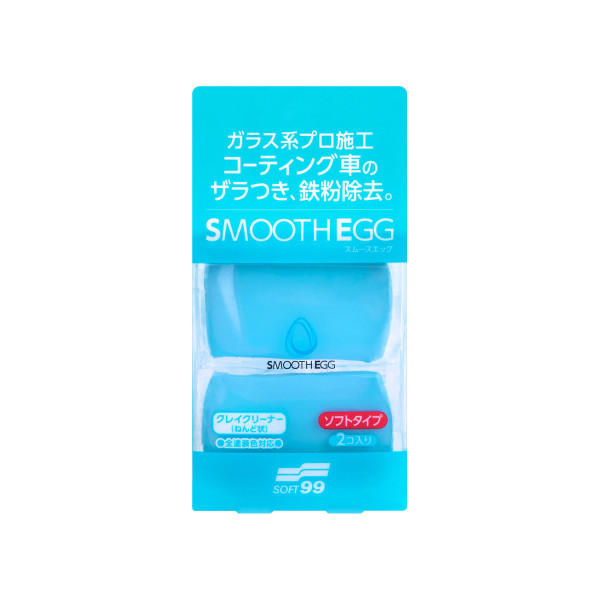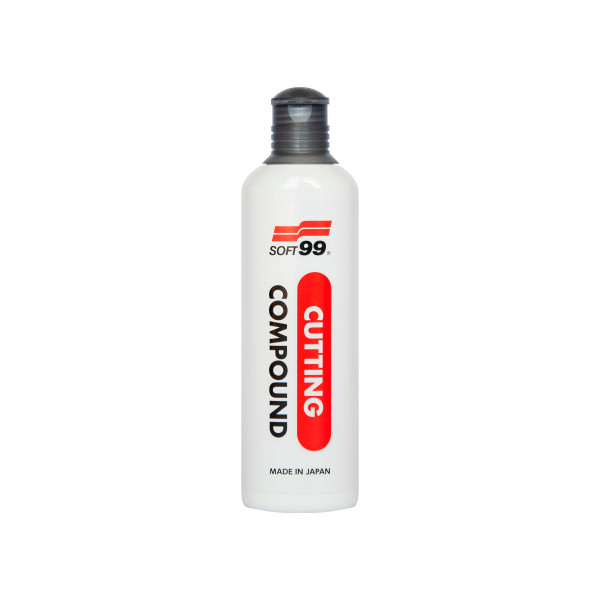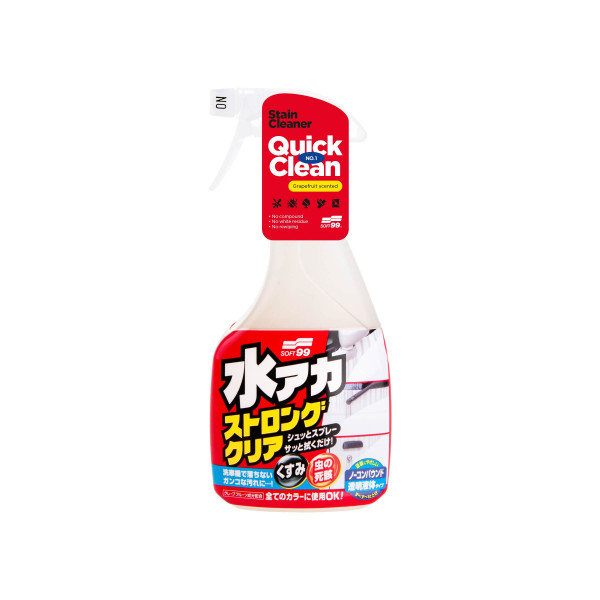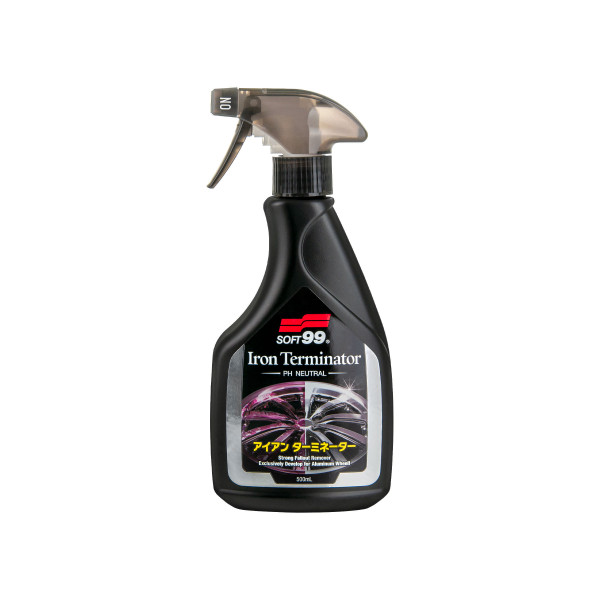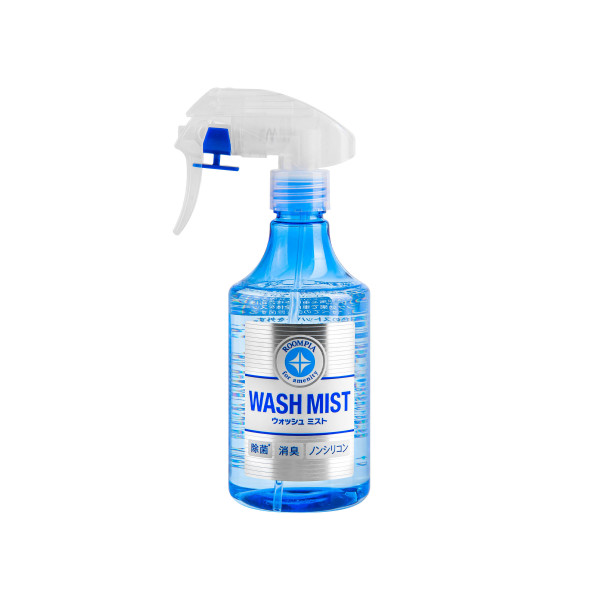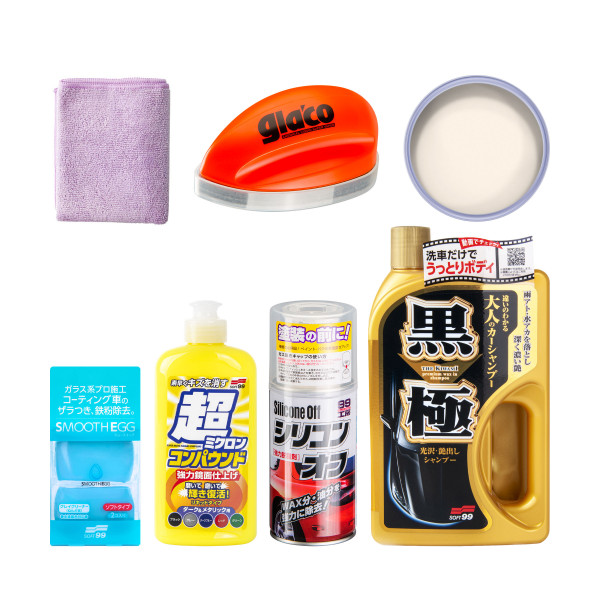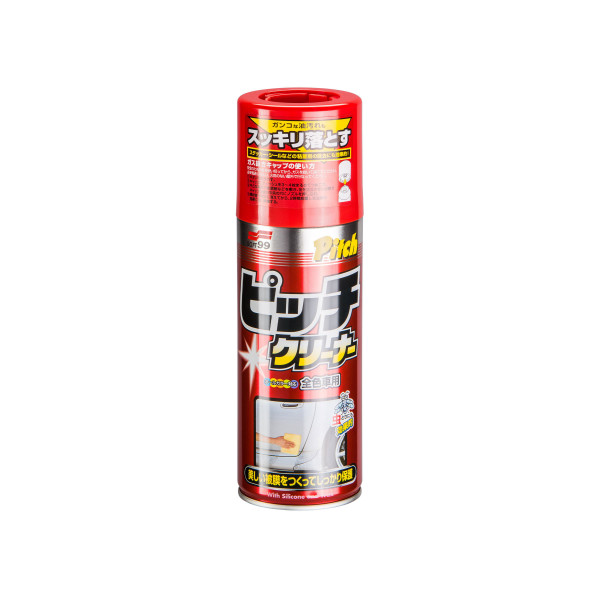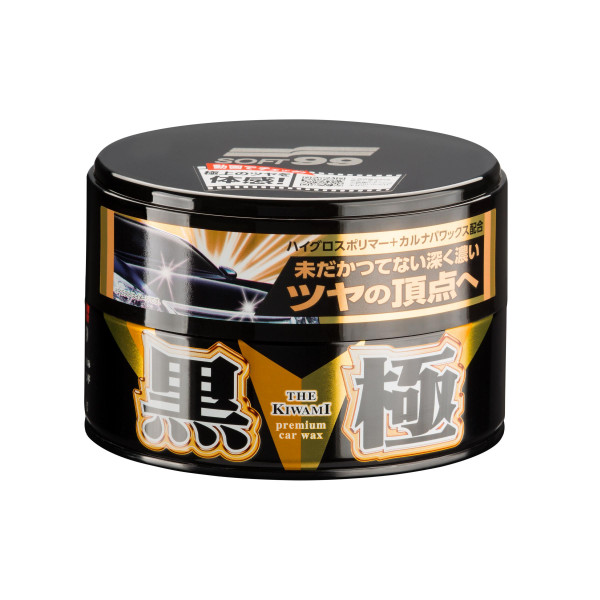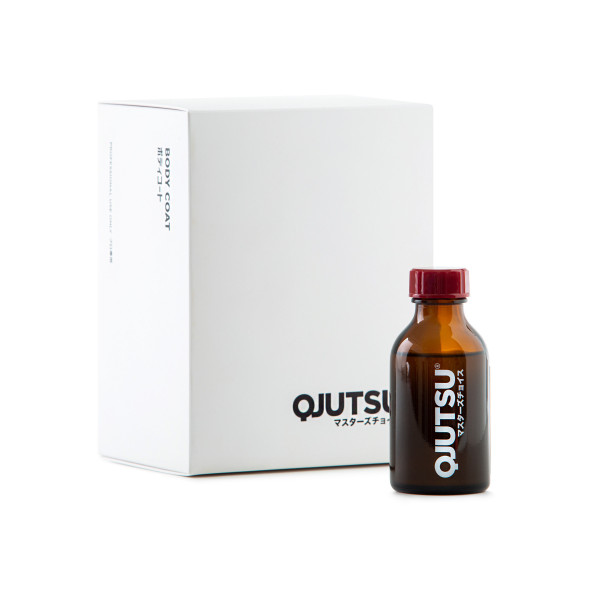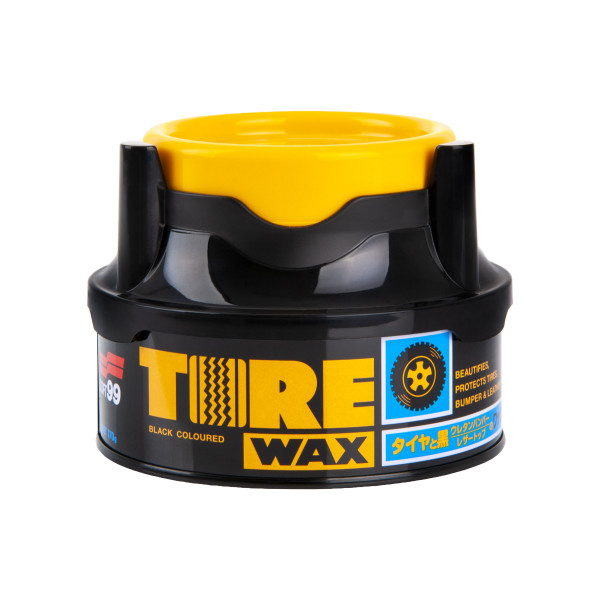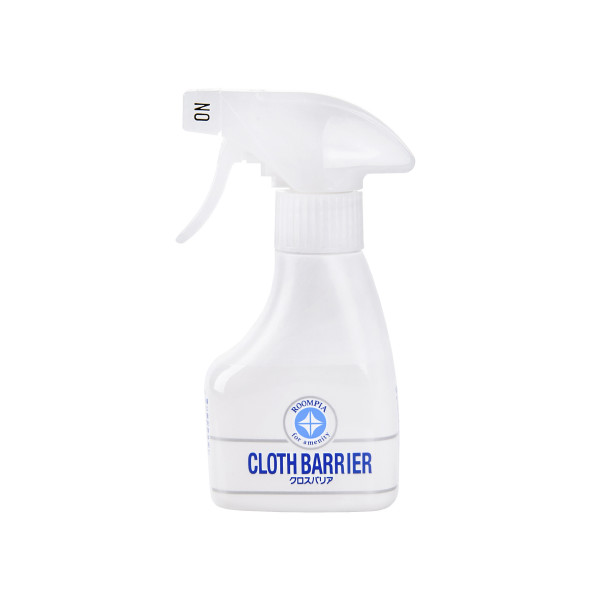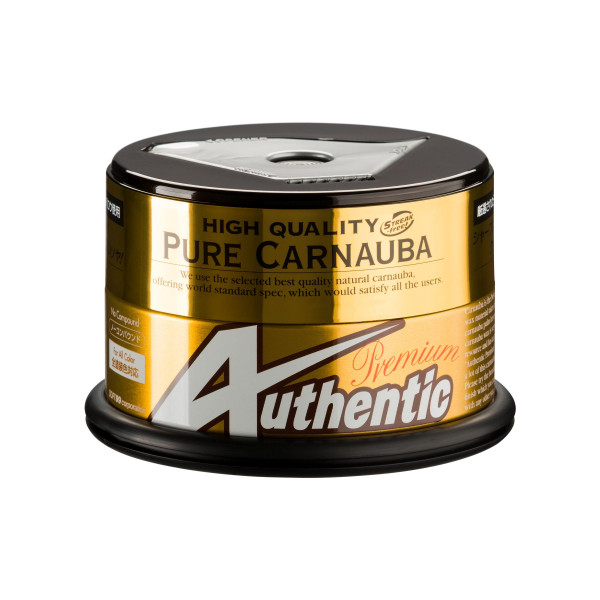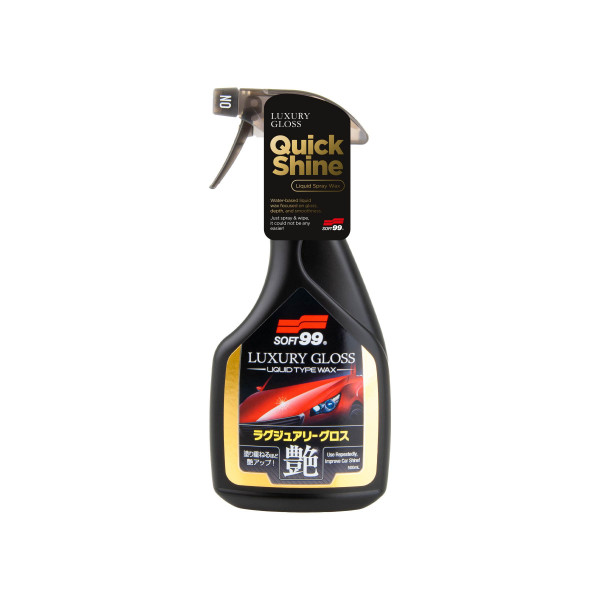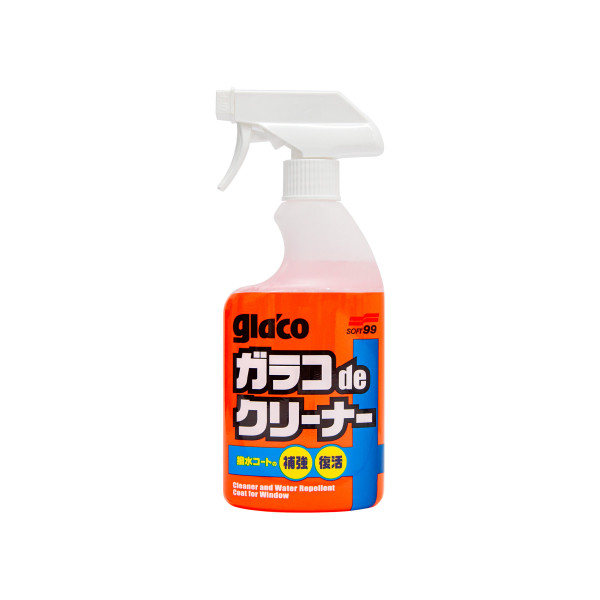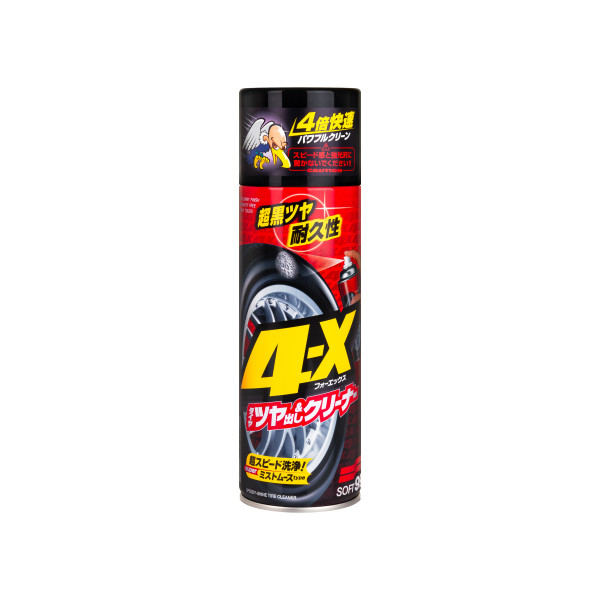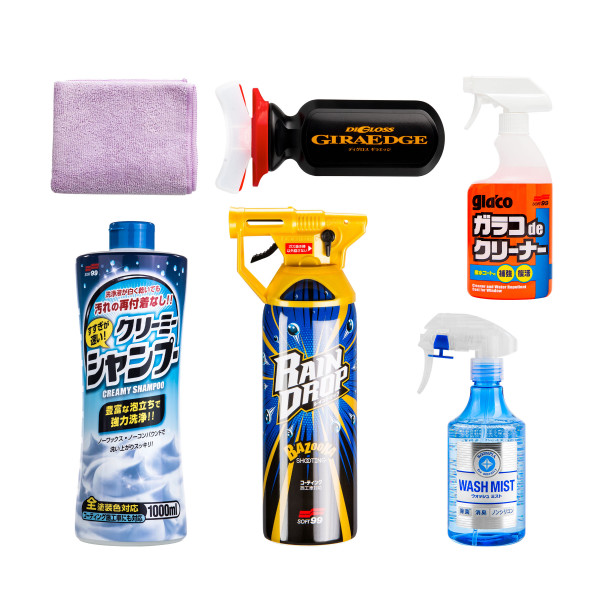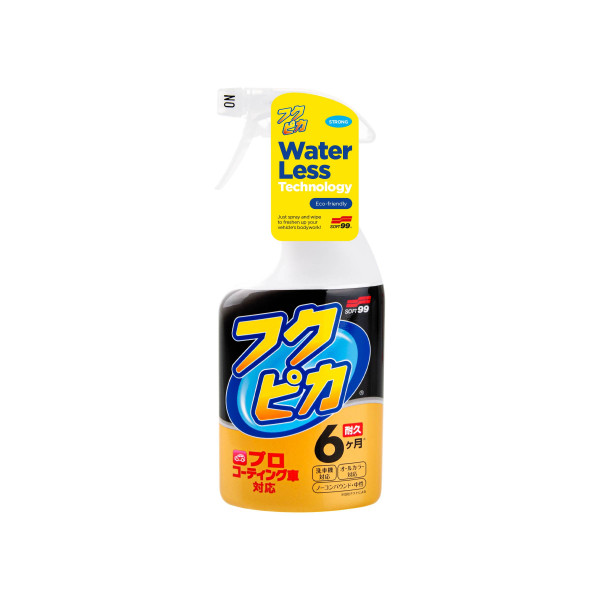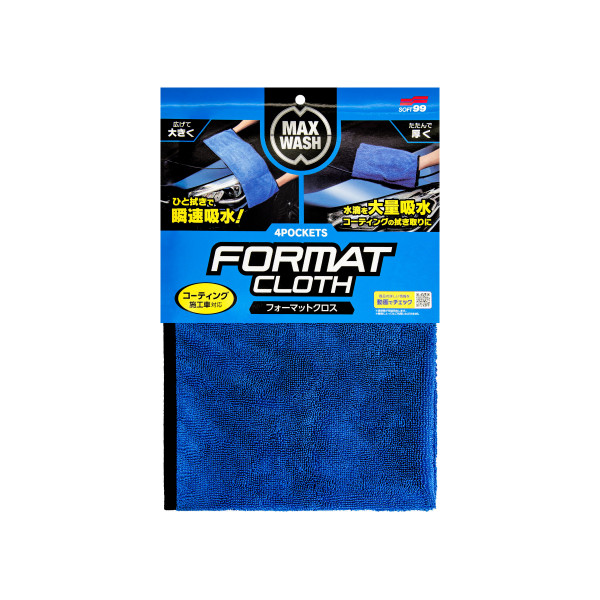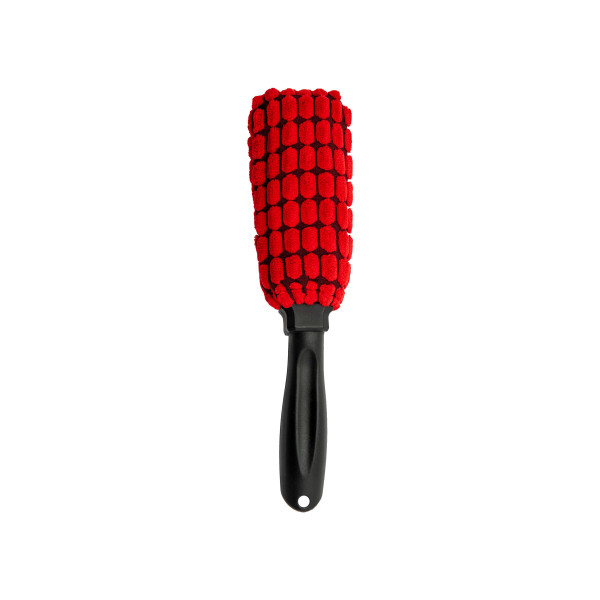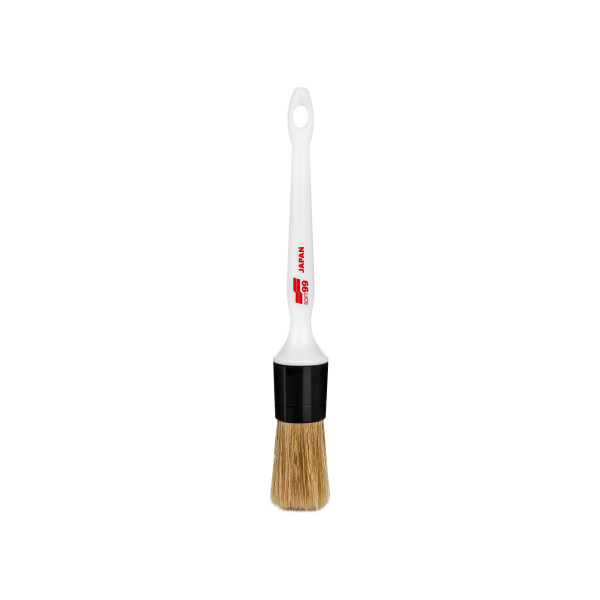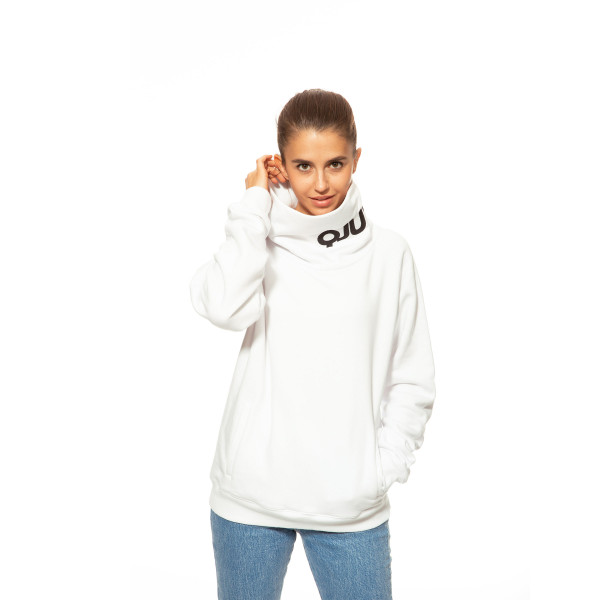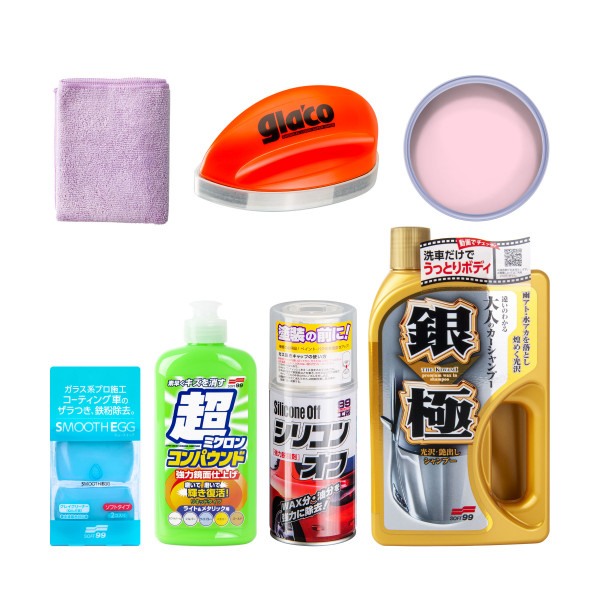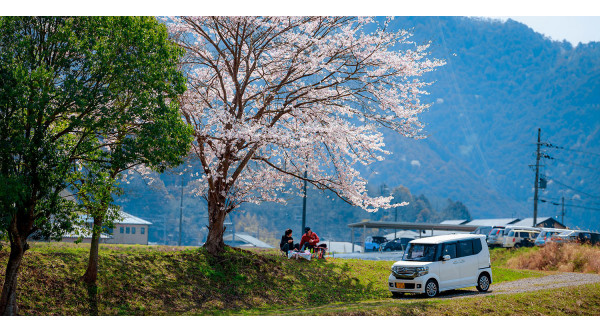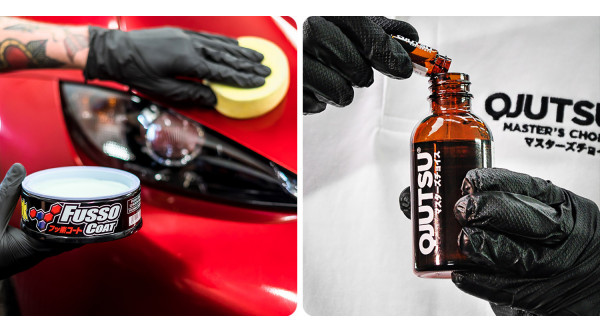- No product items

What to do before waxing? Step 0 – decontamination
Spring and summer are the time of the year when we are definitely more willing to think about car care. It is completely understandable as the weather conditions are favourable, and the effect should please the eye much longer than in the winter season. Many drivers decide to entrust their vehicle to professionals in car washes, or more and more popular detailing studios, but some will certainly perform these works themselves for their own satisfaction – that’s why we created this small guide. How to prepare a car for waxing to get perfect results that will last for months? It turns out that the usual car washing is not enough, but a few professional car care products and a bit of willingness is enough to make your car regain its factory shine.
The foundation for a safe work – pre-wash
If the car is very dirty with mud and sand visible on the paintwork, it should be pre-washed with a pressure washer and a snow foam or spray foam. It will help soften the dirt, and the pressure will allow you to safely remove sand particles that scratch and damage the paintwork.

Restoring cleanliness – main wash
First of all, a very thorough hand wash. Forget about contactless car washes! Pressure will only remove loose dirt, but a thin film of road grime will remain on the paint. Use a high-quality sponge or a soft, washing glove and use a brush to get to the nooks and crannies.
Shampooing is the first stage of preparation of the paintwork. The shampoo’s task is to clean your car of all surface dirt. Using the shampoo is amazingly simple – apply the product directly on a sponge or dilute it in water, then spread it evenly on the car. The cleaning agent in the shampoo lifts and isolates the dirt, which is then rinsed off with water. It’s a simple as well as a pleasant experience. Soft99’s recommended shampoo is Neutral Creamy Shampoo, which gives an amazing glide, thick foam, but most importantly, it is easy to rinse off even when it completely dried up, leaving no streaks or stains.
During the washing, use a brush to clean hard-to-reach places, work around emblems and other tight areas to remove all the dirt that sits there.
Our tip: we recommend the „2-bucket” method. In one bucket there is water mixed with shampoo, and in the second bucket there is clean water used only to rinse your glove or sponge. This way less dirt gets on the paintwork and the risk of micro scratches is reduced.
Afterwards, rinse the car thoroughly and dry it with an absorbent microfiber towel.

Dissolving metallic deposits
Brake dust? Rust deposits? If that sounds like a problem with dirty rims, then you’re right. However, you should know that this type of dirt is just as likely to settle on the paintwork as well, and it’s very difficult to notice with the naked eye. A fallout remover will be perfect for this task. What is it and how does it work? It’s a special formula in liquid or gel form which, in contact with metallic deposits simply dissolves them, giving intense purple colour in the process. It’s the so called „bleeding” effect, but don’t worry – no part will suffer. At this stage, apply Soft99’s Iron Terminator on the paint and rims, wait few minutes and rinse the car. In case of stubborn deposits, spread the agent with a detailing brush to make sure all dirt is gone, especially on the rims. Done! It’s time for the next step.

Asphalt, resin and insects!
Now take a closer look at the paint, especially around the wheels and the door sills. If you notice some black dots or threads that can be clearly felt with a finger, you can be sure that these stains are made of asphalt and tar. During hot days, when the road surface becomes soft, tyres become like Velcro and pick up asphalt particles, throwing them onto the paint of your car. Scrubbing and removing these contaminations by force is a bad idea. What you need is an effective and safe chemical agent. Try Soft99’s New Pitch Cleaner, apply it directly on the dirty spots, wait a few minutes until they start to dissolve and then remove the residue with a pressure washer or a soft microfiber.
The same product will remove stubborn bug splatter, bird droppings and tree resin that sticks to the car’s paintwork.

Pick up persistent dirt with a clay bar
If the paint seems perfectly clean to you already, we suggest a little experiment. Touch the paint of the car with the back of your hand in a few spots. Is your paintwork NOT as smooth as glass? Then it’s time for a clay bar! The whole idea behind the use of clay bars in detailing comes from Japan. It’s a simple bar of clay that acts like a Velcro that picks up deeply embedded dirt. Give it some glide with a solution of water and shampoo and simply move it across the paintwork in a longitudinal motion. It’s not necessary to use excessive force – the pressure of your hand will suffice. Once the part is clean, you will feel that the clay glides smoothly over the surface. Watch it carefully though – the moment a clay bar gets dirty, fold it inward and resume with a clean side. Make sure the clay bar always has the proper slip and be careful not to drop it onto the ground or it will no longer be suitable to use.

There’s always something sitting in the pores of the paintwork
The next step is to use a compound cleaner, a special agent which is the next-to-last stage of decontamination. To understand how it works, it is necessary to realize that the paintwork, although it appears smooth, has a porous structure. The pores are exactly where road film, dirt or remains of previously applied coatings accumulate. Soft99’s Micro Liquid Compound cleaner easily reaches these deeply embedded contaminations and effectively removes them. It also contains fine abrasive particles and fillers that improve the look of the paintwork by filling and masking smaller imperfections and micro scratches. The application of a compound cleaner is very simple – apply the product to the attached applicator, carefully rub it into the paintwork, and then wipe it all off with a towel or a microfiber. Remember to work panel by panel to not let the compound dry out. If you prefer, you can also work on a wet surface – it will make things a little bit easier, and after finishing one element just rinse it with water.

The last step – degreasing
The last and a highly important step is degreasing, which is the icing on the cake when it comes to paintwork preparation! Soft99’s Silicone Off, one of the strongest degreasers on the market, will be perfect for removing oily film, and washing away the rest of the polishes and cleaners. The surface where Silicone Off was applied on is completely decontaminated, which guarantees maximum bonding of paintwork with a wax or a coating. Apply the degreaser on a microfiber and wipe the paintwork. Just that and it’ll make a big difference.



